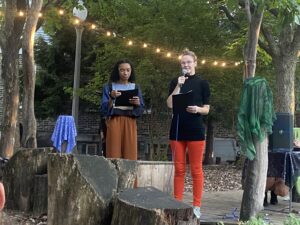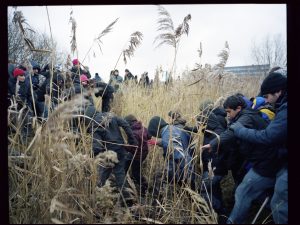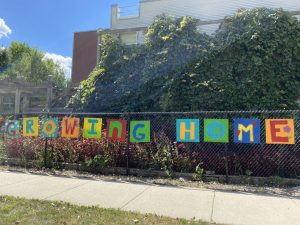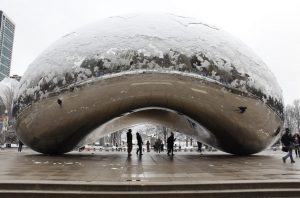Earth Day is April 22nd. Mary Hansen of Citizens Climate Lobby shares some thoughts about water and our environment.
We all know that California is in a world of hurt with a lack of snow and rainfall for the past three years from articles in the Tribune and elsewhere. This winter yielded only 5% of the average annual snowfall. Snow melt usually provides the supplemental water needed when the hot, dry summer comes, but it isn’t going to this year and hasn’t been robust for the past several years.
Governor Brown has asked California citizens to reduce their water consumption by 25 % but has left agriculture alone, for now. People are replacing grass with artificial turf, taking 2 minute showers, filling in swimming pools and driving dirty cars as a sign of their concern for the environment. Many Californians are hoping this is temporary, but as the drought drags on, hope is changing to cope.
When does bad weather become changing climate? Our memories are short. We remember the last winter or two and think that is climate, but data from only a few years is weather.
The past decade has been the hottest on record for the earth, the latest in a string of at least 3 decades of ever- warmer average temperatures. Weather data over time becomes climate. Many of us are failing to connect increasingly frequent “100 year” weather events like torrential rains with climate change, but that is one way we are affected, especially when storm sewers back up into our basements.
On an intellectual level, a majority of Americans believe the climate is getting warmer, yet we also seem think drought is someone else’s problem. We have carried that Teflon coating of adolescence over into adulthood and think bad things won’t happen to us. This coping technique lets us continue our patterns of consumption and avoid changing. It’s time to take a look at the crystal ball and see ourselves as the cause. We are spending the resources of the planet as if there is no tomorrow.
Tom Skilling reported that we are short 8 inches of rainfall since last September, but the lawns are greening up, so how is this important? Rain is coming in more intense bursts with longer periods of no rain in between, but growing things like corn, soybeans and wheat need regular weekly rainfall of about an inch or so during the growing season. If rains are sparser, crops will dry up or not grow. Imagine a constant dust storm blowing into your windshield as you drive. How will you breathe when you leave the car?
Most communities that don’t touch Lake Michigan depend on wells which depend on rainfall for replenishment. Without well water, buying water by the 5 gallon bottle for all of our needs would become impossible in a hurry. Our houses would be worth almost nothing and the Illinois economy would tank even more. However, this is not just Illinois’ problem. The story is the same in India, the Middle East, and Brazil.
It is time to do three things. First, we need to consider ourselves as global citizens and become more educated about climate change and its causes, so we can encourage our elected officials to recognize that addressing this now will save money in the long run. Second, we need to know that solutions exist now and promote the one which has the best chance of reducing our carbon foot print, a carbon fee and dividend plan, similar to one that has been working with success in Sweden since 1991.
Fee and dividend is supported by George Schultz and is the clear winner among competing solutions, according to Regional Economic Models, Inc. Charging an annually increasing fee per ton of pollution to those who dig carbon from the earth and sell it without consequence will finally shift the costs now paid by taxpayers for health care and cleanups to those profiting from coal and oil production. $15 per ton would result in about 15 cents a gallon at the pump and would increase $. 10 each year for 20 years.
All of the money would be put in a trust fund to be refunded to households on a per taxpayer basis so all of us can work together to shift the marketplace to renewable energy. The poor benefit and the middle class are not harmed in this scenario. The rich pay more for their greater level of consumption. Businesses can depend on a predictable cost profile. Greenhouse gas emissions decline quickly, which greatly slows global warming. Thirteen thousand lives are saved each year.
All that is lacking is the personal and political will to form a rescue mission for the earth we live on. Do you love your family? – – then love your earth.







Be First to Comment